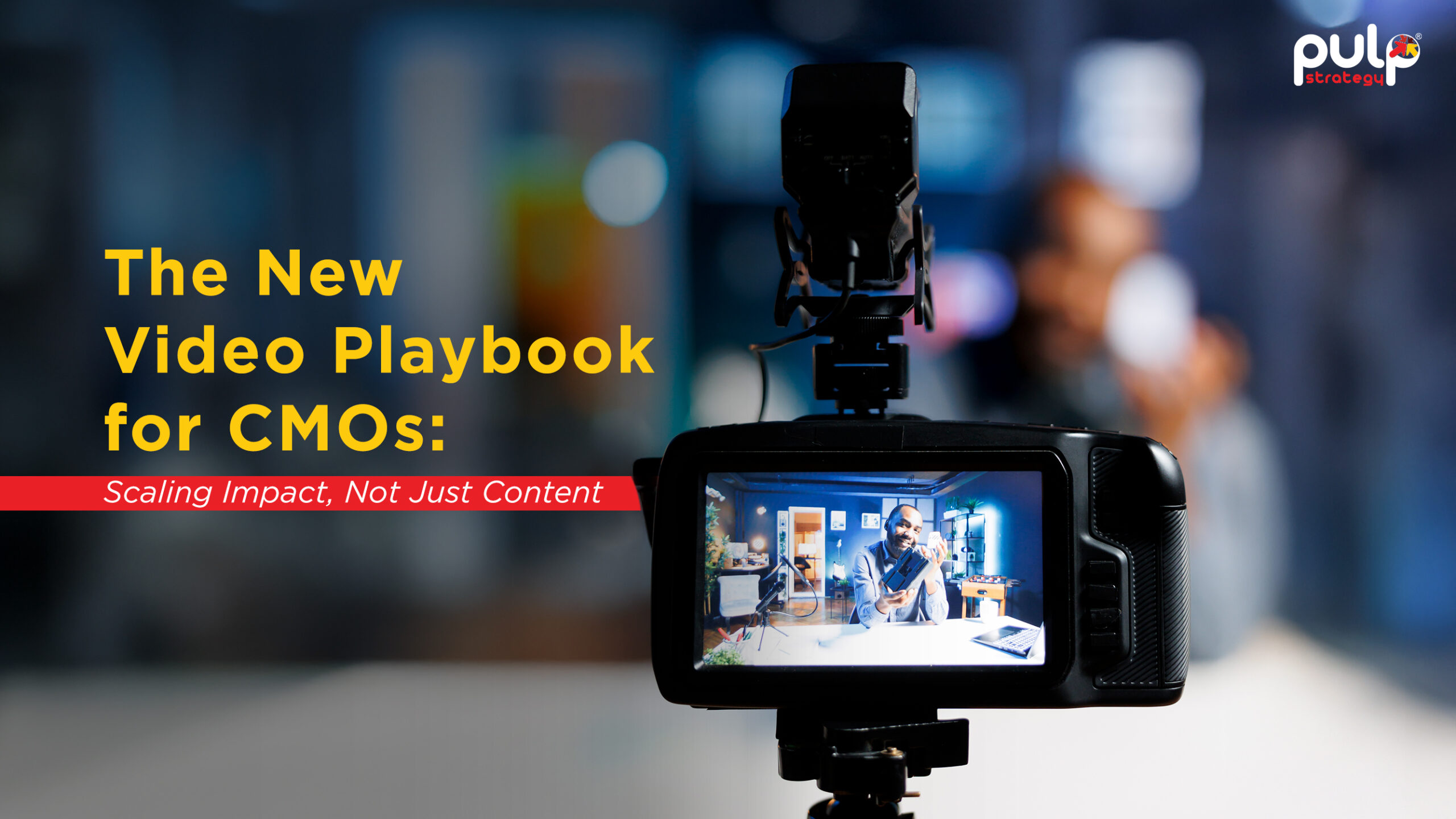Generating leads on Facebook is a big part of why many brands rely on the social media platform for advertising. And for good reason. Facebook ads harbor the potential to boost new customer acquisition.
But Facebook ads can sometimes feel like a gamble, especially in the early days when a brand is just starting out. It might choose the wrong campaign objective, placement, budget, or you might even fall victim to more subtle mistakes that result in poor ad performance and wasted money. In this blog, we talk about 4 such mistakes that contribute to mediocre Facebook lead generation. Not addressing them will consistently hurt an entire ad campaign.
The good news is that they are easy to fix. Come. let's discover the most common mistakes marketers make and how to fix them.
Getting started with Fb lead gen ads
The best way for a brand to cater to its audience is to understand their ideal customer. Since the people clicking on a brand's ads are the ones most interested in your product, brands should ask them a few questions when they click on the ads.
Facebook lead ads let brands include a lead generation form, also known as an Instant Form, in a campaign for people to quickly share basic information. Instant Forms are especially useful on mobile where people spend an average of 4-5 hours every day. To increase the number of completed forms, Facebook automatically pre-fills parts of an instant form based on information users have already shared on Facebook - like their name, email address, and phone number.
5 proven ways to acquire more leads
Before a brand publishes an ad or instant form, there are a few best practices to keep in mind to ensure that the ad gets the engagement - likes, clicks, and share. Here are 5 ways to generate valuable leads.
1. Offer something for free
People like getting free stuff. Brands can use it as a way to introduce its service or product to its audience. Once the attention is captured, brands can use instant forms to collect contact information so that it can continue to nurture the relationship and guide the customers from awareness to retention.
Free is something that comes up in Facebook ads examples for lead generation all the time. Free products serve as a soft opening for the rest of a brand's services. People who use the free product have started a relationship with the brand, which can be a tipping factor in deciding what product to pay for down the line.
2. Ask the right questions
The best leads are qualified leads. These are the people most likely to buy something. To find these people, brands should use instant forms to ask qualifying questions and segment leads based on how they respond and focus on nurturing the qualified leads first.
One way to do this is to connect with a lead through a survey with a contact information form. This will give brands valuable information about their leads, and help nurture them. Brands should start by inquiring if the leads require the value a brand's product delivers.
3. Video Content for the win
Videos can be a valuable part of building a brand because they are a powerful way to deliver your message. With lead ads, brands can leverage video to attract their audience and encourage them to click on the CTA.
If brands want to focus on the quality of ads, they should add a CTA to their videos, making it easy to digest for people new to a product and reach a wider audience. Brands must also make sure that their CTA comes at the perfect point in the video. Endroll CTAs generate quality leads, but midroll CTAs have a slightly higher conversion.
4. Use the power of mobile
The amount of time people spend on their phones is steadily increasing. Instant forms offer a lot of features to make the customer experience easy. But it’s not enough! Any brand that has well-established lead generating channels and protocols should add SMS to their social media strategy. Incorporating SMS will give them a better set of tools to interact with leads.
Today’s consumers are more sophisticated, especially when it comes to researching products, and including an SMS campaign will help brands be more nuanced, nimble, and informed than ever before. The key to using SMS is to fold it into an existing channel to provide a strong context for users receiving a brand's messages.
5. Target it right
Segmenting audiences to target and retarget is the key to successfully running a Facebook ad campaign. When used correctly, it can provide a huge ROI by pulling users through the conversion funnel. Since each Facebook ad targets a specific group of people, brands must have to set up multiple ways to segment their audience.
4 lead gen mistakes to avoid
1. Not automating follow-up processes after sign-up
It's one thing to set a lead ad, but another thing to manage the data collected. It doesn’t matter if the brand acquires 10 leads or 100, manually entering data into another platform just doesn’t cut it. There’s too much room for the information to be entered incorrectly.
The good news is that Facebook lets brands sync with CRM products like Salesforce and Airtable to automate communication with new leads and to manage processes better. The goal should be to keep customers engaged, excited, and moving smoothly along the customer journey.
2. Using Instant forms only for one purpose
With lead generation, it’s easy for brands to focus on collecting emails to grow their email list. The goal with most lead gen ads is to get an email address. But there’s more than one way to do that and still get the insights. Brands should be clear on the goal of their ad campaign and think about their social media campaign objective.
3. Not considering user experience across multiple devices
Some of the features available on instant forms are innovative, which can help brands connect with leads in unique ways. However, not all these features are available across all devices. Not considering the devices audiences use will reduce the effectiveness of a brand's lead ads.
Before creating lead ads, brands should figure out who they are targeting and on which platforms they are active. If a brand's audience is primarily millennials, then their lead ads should cater to mobile devices and use compatible features.
4. Not including an intro section
All lead gen ads give brands the option to include an intro section within their ads. What’s great about an intro section is it gives brands a chance to give their leads a quick summary of their product or service and what to expect. The intro will also serve to get leads excited and primed to keep reading, and eventually follow through and buy.
Conclusion
Facebook lead generation is cheaper and offers a much more focused targeting platform. When implemented correctly, it can enable a huge ROI. There are endless options for lead generation on Facebook. The great thing about having all those options is they will allow brands to zero-in on a very specific market or niche while Facebook optimizes ads and audiences for them.
Click here to get in touch with our experts today.







